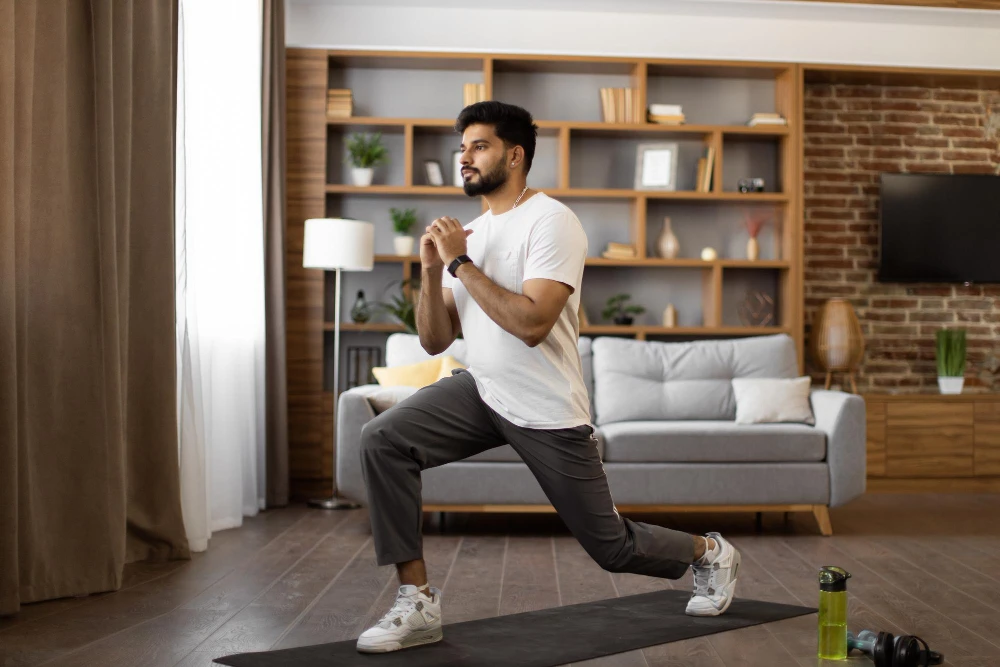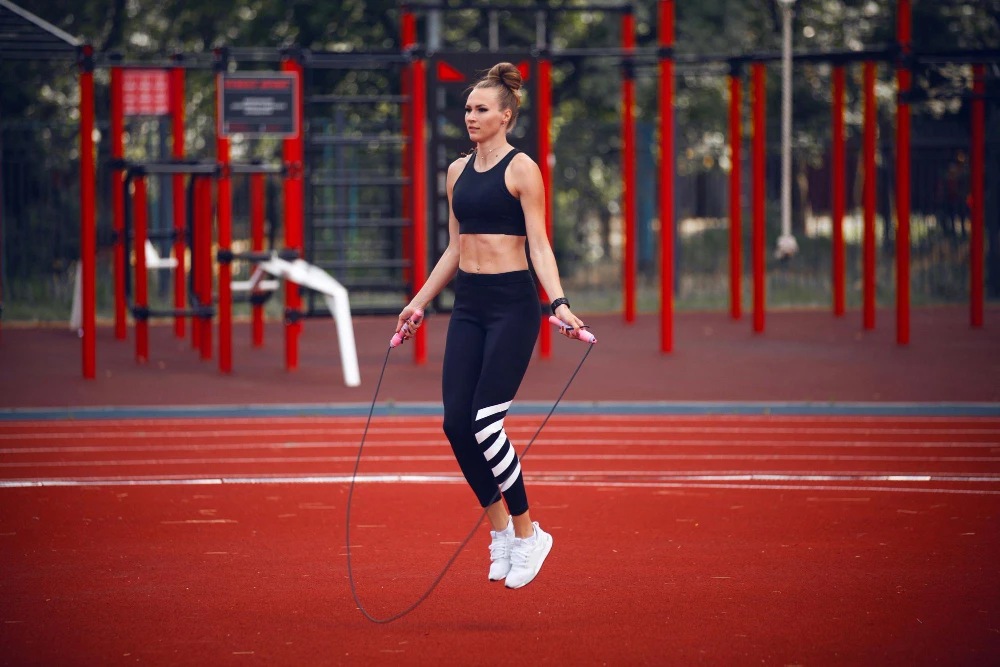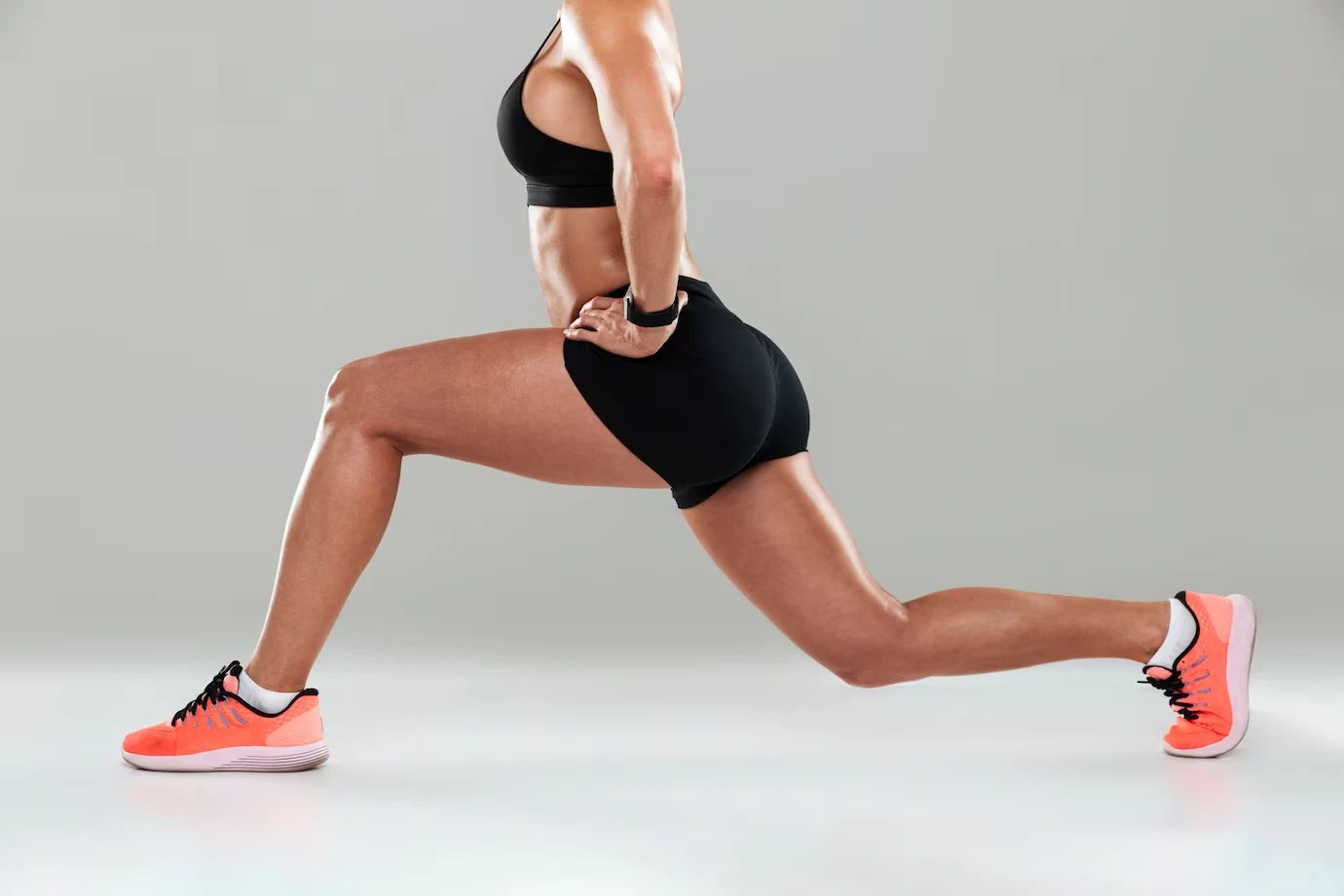In this article, we have curated a list of the best 7 exercises to do every day. These exercises are not only effective in helping you achieve your fitness goals but can also be easily incorporated into your daily routine. From strength training to cardio exercises, we’ve got you covered. Whether you’re a beginner or a seasoned fitness enthusiast, these exercises are suitable for all fitness levels. So, say goodbye to boring workouts and get ready to transform your body and mind with these top 7 exercises.
Are you ready to make exercise a part of your everyday routine? Let’s dive in and discover the power of these amazing exercises!
Importance of daily exercise
The importance of daily exercise cannot be overstated. It is one of the most important things you can do for your physical and mental health. Regular physical activity can help you:
- Reduce your risk of chronic diseases. Exercise can help you lower your risk of developing heart disease, stroke, type 2 diabetes, obesity, some types of cancer, and other chronic diseases.
- Maintain a healthy weight. Exercise can help you burn calories and lose weight, or help you maintain a healthy weight if you are already at a healthy weight.
- Improve your mood and mental health. Exercise can help reduce stress, anxiety, and depression. It can also improve your mood and cognitive function.
- Increase your energy levels. Exercise can help you feel more energetic throughout the day.
- Improve your sleep. Exercise can help you sleep better at night.
- Strengthen your bones and muscles. Exercise can help strengthen your bones and muscles, which can help you stay active as you age.
- Improve your overall health and well-being. Exercise can help you feel better all over and improve your overall health and well-being.

The Centers for Disease Control and Prevention (CDC) recommends that adults get at least 150 minutes of moderate-intensity aerobic activity or 75 minutes of vigorous-intensity aerobic activity each week. They also recommend that adults do muscle-strengthening activities that work all major muscle groups (legs, hips, back, abdomen, chest, shoulders, and arms) on two or more days a week.
If you are new to exercise, start slowly and gradually increase the amount of time and intensity of your workouts. Talk to your doctor before starting any new exercise program, especially if you have any health conditions.
There are many different ways to get exercise. You can walk, run, bike, swim, dance, do yoga, or any other activity that you enjoy. Find an activity that you like and that fits into your lifestyle.
Making exercise a part of your daily routine is important. Try to find ways to fit exercise into your day, even if it’s just for a short amount of time. For example, you could take a walk during your lunch break, go for a bike ride after work, or do some yoga at home before bed.
Regular exercise is one of the best things you can do for your health. It’s a simple way to improve your physical and mental health, and it can help you live a longer, healthier life.
Cardiovascular exercises for everyday fitness
Cardiovascular exercises are an essential component of any exercise routine. They help to improve cardiovascular health, increase endurance, burn calories, and promote overall fitness. Here are the top cardiovascular exercises that you can incorporate into your daily routine:
- Brisk Walking: Walking is a low-impact exercise that can be done anytime, anywhere. Aim for a brisk pace to increase your heart rate and intensity. You can walk outdoors, on a treadmill, or even around your house or office during breaks.
- Running: Running is a high-intensity cardiovascular exercise that can be done both indoors and outdoors. It helps to improve cardiovascular fitness, burn calories, and strengthen leg muscles. Start with shorter distances and gradually increase your running time and intensity.
- Cycling: Cycling is a great low-impact exercise that can be done on a stationary bike or outdoors. It helps to strengthen leg muscles, improve cardiovascular fitness, and burn calories. You can cycle on flat surfaces or challenge yourself with hills and intervals.
- Swimming: Swimming is a full-body workout that is gentle on the joints. It helps to improve cardiovascular fitness, build muscle strength, and increase flexibility. Whether you swim laps in a pool or opt for water aerobics, swimming is a great way to get your heart pumping.
- Dancing: Dancing is a fun and engaging way to get your heart rate up and burn calories. You can join dance classes, follow online dance tutorials, or simply dance to your favorite music at home. Dancing not only improves cardiovascular fitness but also boosts mood and coordination.
- Jumping Rope: Jumping rope is a high-intensity exercise that can be done anywhere with a skipping rope. It helps to improve cardiovascular endurance, coordination, and agility. Start with shorter intervals and gradually increase the duration as you build stamina.
- HIIT (High-Intensity Interval Training): HIIT workouts involve short bursts of intense exercise followed by brief recovery periods. These workouts can be done with bodyweight exercises, cardio exercises, or a combination of both. HIIT workouts are time-efficient and effective in improving cardiovascular fitness and burning calories.
Incorporate a variety of cardiovascular exercises into your daily routine to keep things interesting and challenge your body in different ways. Aim for at least 30 minutes of moderate-intensity cardiovascular exercise most days of the week.

Strength training exercises for overall strength and toning
Strength training exercises are essential for building and maintaining muscle strength, improving bone density, and boosting metabolism. Here are the top strength training exercises that you can do every day:
- Squats: Squats are a compound exercise that targets multiple muscle groups, including the quadriceps, hamstrings, glutes, and core. They help to build lower body strength and improve overall functional fitness. Start with bodyweight squats and progress to weighted squats as you get stronger.
- Lunges: Lunges are another effective lower body exercise that targets the quadriceps, hamstrings, glutes, and calves. They help to improve balance, stability, and leg strength. Perform forward lunges, reverse lunges, and side lunges to target different muscle groups.
- Push-Ups: Push-ups are a classic upper body exercise that targets the chest, shoulders, triceps, and core. They help to build upper body strength, improve posture, and enhance overall upper body definition. Start with modified push-ups on your knees and progress to full push-ups as you gain strength.
- Pull-Ups or Assisted Pull-Ups: Pull-ups are a challenging exercise that targets the back, biceps, and shoulders. If you are unable to do a full pull-up, you can use an assisted pull-up machine or resistance bands to gradually build strength. Pull-ups help to improve upper body strength and posture.
- Planks: Planks are a core-strengthening exercise that targets the abdominal muscles, lower back, and shoulders. They help to improve core stability, enhance posture, and prevent lower back pain. Start with shorter plank holds and gradually increase the duration as you become more comfortable.
- Shoulder Press: Shoulder presses are an effective upper body exercise that targets the shoulders, triceps, and upper back. You can perform shoulder presses with dumbbells, resistance bands, or a barbell. This exercise helps to improve shoulder strength and stability.
- Deadlifts: Deadlifts are a compound exercise that targets the lower back, glutes, hamstrings, and core. They help to build overall strength, improve posture, and enhance functional fitness. Start with lighter weights and focus on proper form and technique.
Perform strength training exercises at least two to three days per week, allowing for a day of rest in between. Start with lighter weights and gradually increase the resistance as you build strength. Focus on proper form and technique to prevent injuries.

Flexibility exercises for improved mobility and injury prevention
Flexibility exercises are important for improving joint mobility, preventing muscle imbalances, and reducing the risk of injuries. Here are the top flexibility exercises that you can do every day:
- Stretching: Stretching is a simple and effective way to improve flexibility. Focus on stretching all major muscle groups, including the calves, hamstrings, quadriceps, hip flexors, chest, shoulders, and back. Hold each stretch for 20-30 seconds and repeat on both sides.
- Yoga: Yoga combines stretching, strength, and balance exercises to improve flexibility, strength, and relaxation. Incorporate yoga poses such as downward-facing dog, cat-cow, child’s pose, and pigeon pose into your daily routine. Joining a yoga class or using online resources can help you learn proper techniques.
- Pilates: Pilates focuses on core strength, flexibility, and overall body conditioning. Many Pilates exercises involve stretching and lengthening the muscles while improving core stability. Incorporate Pilates exercises such as the hundred, the roll-up, and the spine stretch forward into your routine.
- Foam Rolling: Foam rolling, also known as self-myofascial release, is a technique that uses a foam roller to release muscle tension and improve flexibility. Roll the foam roller over tight or sore muscles, applying gentle pressure. This can help improve muscle recovery and reduce muscle soreness.
Perform flexibility exercises at least two to three days per week, or even daily if possible. Focus on deep breathing and relaxing into each stretch. Avoid bouncing or jerking movements, as this can cause muscle strains or injuries.
Balance and stability exercises for better posture and coordination
Balance and stability exercises are important for improving posture, preventing falls, and enhancing coordination. Here are the top balance and stability exercises that you can do every day:
- Standing on One Leg: Stand tall with your feet hip-width apart. Lift one leg off the ground and balance on the other leg. Hold for 30 seconds to one minute, then switch legs. Challenge yourself by closing your eyes or performing small movements while balancing.
- Heel-to-Toe Walk: Place one foot directly in front of the other, touching heel to toe. Walk in a straight line for a few steps, then turn around and walk back. This exercise helps to improve balance and coordination.
- Yoga Poses: Many yoga poses challenge balance and stability. Incorporate poses such as tree pose, warrior III, and eagle pose into your routine. These poses require focus, concentration, and engagement of core muscles.
- Bosu Ball Exercises: A Bosu ball is a half stability ball placed on a flat platform. Perform exercises such as squats, lunges, and single-leg balance on the Bosu ball. This challenges your balance and stability, engaging various muscle groups.
Incorporate balance and stability exercises into your routine at least two to three days per week. Start with easier exercises and progress to more challenging ones as your balance improves. Focus on maintaining proper posture and engaging your core muscles during the exercises.
Let’s Sum Up
Ultimately, the key to success lies in finding exercises that you enjoy and can easily fit into your daily routine. Whether it’s a morning brisk walk, an evening yoga session, or a mid-day dance break, consistency is key. Embrace these seven exercises as part of your everyday life, and witness the transformative power they can have on your body and mind. So, are you ready to take the first step towards a healthier and happier you? Start moving, and let these fantastic exercises pave the way to a more vibrant and fulfilling life!
You May Also Like
- The Ultimate Guide to Teen Bodybuilding
- Age is Just a Number: Senior Bodybuilding Tips and Tricks
- 8 Best Bodybuilding Routines to Help You Achieve Your Fitness Goals
- Maximizing Muscle Gains: The Ultimate Guide to Bodybuilding for Men



